Standard Dynamic Model CFD Simulation Using Overset Grid – Experimental Paper Validation
Standard Dynamic Model CFD Simulation Using Overset Grid – Experimental Paper Validation
- Upon ordering this product, you will be provided with a geometry file, a mesh file, and an in-depth Training Video that offers a step-by-step training on the simulation process.
- For any more inquiries regarding the product, please do not hesitate to reach out to us at info@CFDLAND.com or through our online support assistant.
€235.00 Original price was: €235.00.€195.00Current price is: €195.00.
The Standard Dynamic Model (SDM) serves as a benchmark configuration in aerospace testing, originally developed through the Advisory Group for Aerospace Research and Development (AGARD) program to study aircraft stability across various flow conditions. Our VALIDATION study compares CFD simulation results using overset grid methodology against experimental data from Aerospace Science and Technology’s paper on SDM pitch damping derivatives at high angles of attack. The overset grid approach offers distinct advantages for moving boundary problems by allowing independent mesh systems to overlap without distortion—crucial for accurately capturing complex flow features during dynamic maneuvers. By validating our computational results against established experimental data, we demonstrate the reliability of modern overset mesh techniques for predicting complex aerodynamic behaviors. This validation process ensures that computational methods can accurately predict the challenging flow phenomena that influence stability and control in real-world applications.
- Reference [1]: Tatar, Massoud, and Mehran Masdari. “Investigation of pitch damping derivatives for the Standard Dynamic Model at high angles of attack using neural network.” Aerospace Science and Technology92 (2019): 685-695.
Figure 1: Computational grid showing overset and background regions [1]
Simulation Process
The 3-D domain of this simulation is based on the Standard Dynamic Model and has been designed using the ANSYS Spaceclaim. It has an inlet and outlet. The domain has a body of influence surrounding the aircraft body to help improve mesh and the srounding domain of the SDM is overset domain. The meshing of this present model has been generated by ANSYS Fluent Meshing software. The mesh grid is unstructured, and the total cell number is 2211002 elements. The figure below shows an overview of the performed mesh. The validation process is based on AGARD wind tunnel data reported in tatar et al. reseach paper. Thee overset mesh technique used in the simulation in order to give further ability for the dynamic model to rotate. The dynamic model is one important model to calibrate any wind tunnel and validation process is yet important.
Figure 2: Polyhedra cells generated over Standard Dynamic Model (SDM)
Post-Process
The lift coefficient (CL) comparison shows that the CFD simulation and experimental results are very close to each other across the whole angle of attack range (0–70°). At low angles (0–15°), both records show almost the same linear lift growth, proving that the predictions about how attached flow will behave were correct. But in the intermediate range (15–35°), the simulation slightly overestimates lift by about 10%. This is probably because the boundary layer resolution and vortex formation modeling are not exactly the same. The best agreement is seen between 40° and 50°, which is where the maximum lift coefficient is predicted by both methods to be about 2.2, with a difference of less than 3%. This shows that the overset method can accurately describe complicated flow physics during partial flow separation.
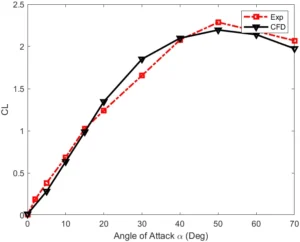
Figure 3: Lift and pitching moment coefficient validation against experimental data for Standard Dynamic Model
The pitching moment coefficient (Cm) results show that the validation was very good. They agreed very well in the difficult low-to-mid angle range (0-60°), showing both the nose-down trend (negative Cm at 5–10°) and the subsequent pitch-up behavior. The streamline image shows that there are a lot of different aerodynamic structures around the SDM. The flow over the upper surfaces and fins is mostly made up of high-speed areas that move at 90 to 110 m/s. These streamlines clearly show important vortex loss events that have a direct effect on stability derivatives. The only big difference is between extreme angles (65° and 70°), where the modeling is about 15% off when it comes to how big the sharp negative pitching moment is. This difference probably happens because of problems with modeling turbulence for flows that are very far apart. To fully fix this issue, we would need more advanced dynamic mesh techniques or higher-order numerical schemes.
Figure 4: Airflow streamlines over Standard Dynamic Model CFD Simulation
We pride ourselves on presenting unique products at CFDLAND. We stand out for our scientific rigor and validity. Our products are not based on guesswork or theoretical assumptions like many others. Instead, most of our products are validated using experimental or numerical data from valued scientific journals. Even if direct validation isn’t possible, we build our models and assumptions on the latest research, typically using reference articles to approximate reality.
Yes, we’ll be here . If you have trouble loading files, having technical problems, or have any questions about how to use our products, our technical support team is here to help.
You can load geometry and mesh files, as well as case and data files, using any version of ANSYS Fluent.
€215.00 Original price was: €215.00.€165.00Current price is: €165.00.

€250.00 Original price was: €250.00.€195.00Current price is: €195.00.

€170.00 Original price was: €170.00.€115.00Current price is: €115.00.

€140.00 Original price was: €140.00.€125.00Current price is: €125.00.

€185.00 Original price was: €185.00.€135.00Current price is: €135.00.


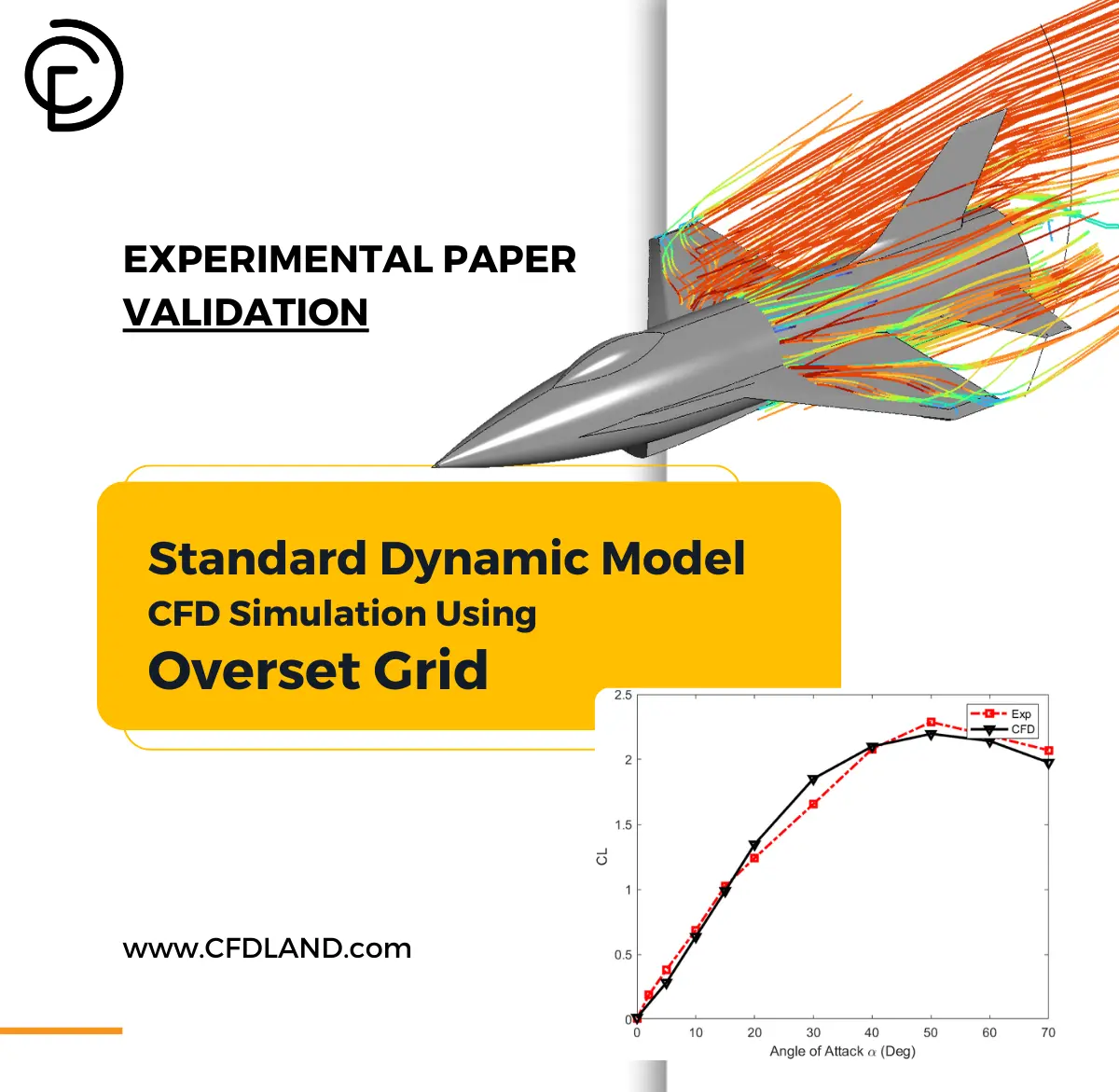
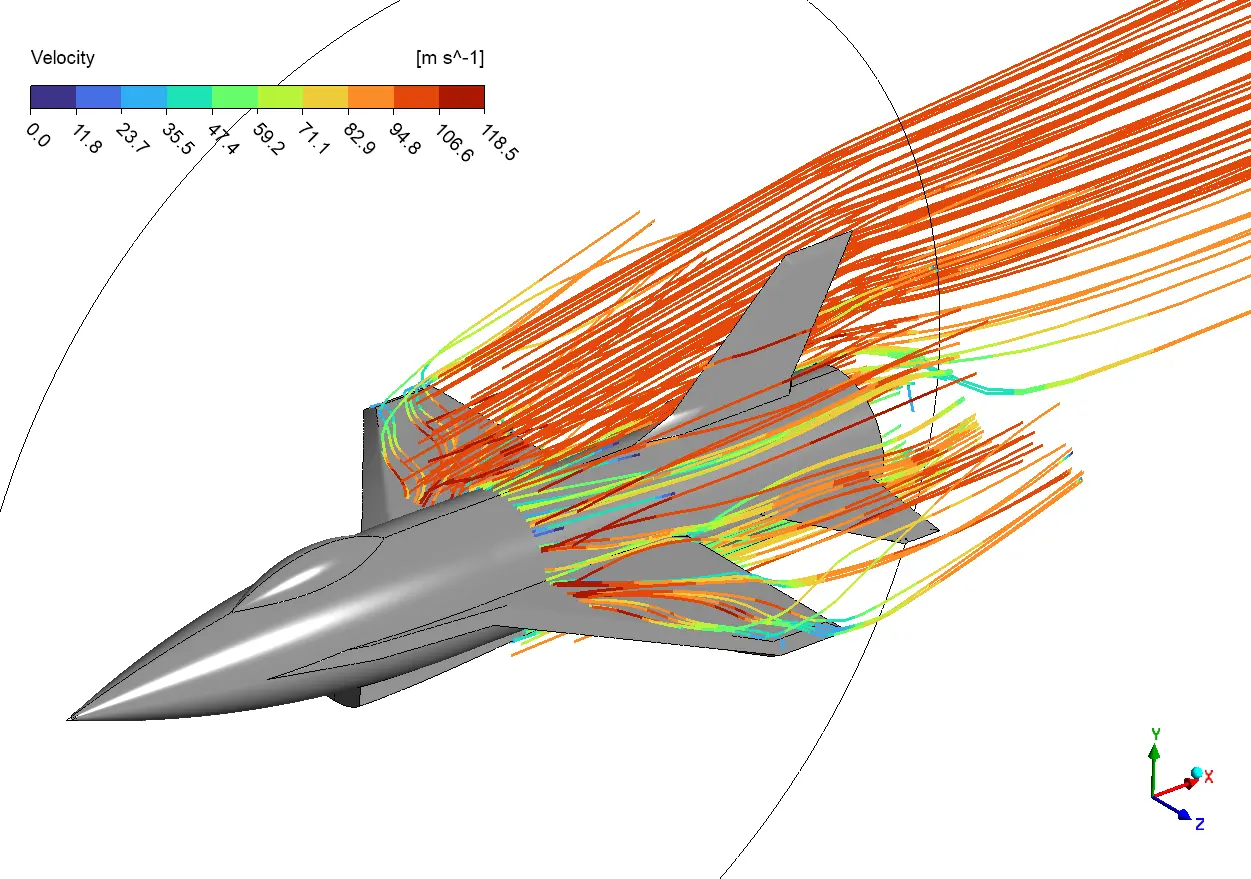
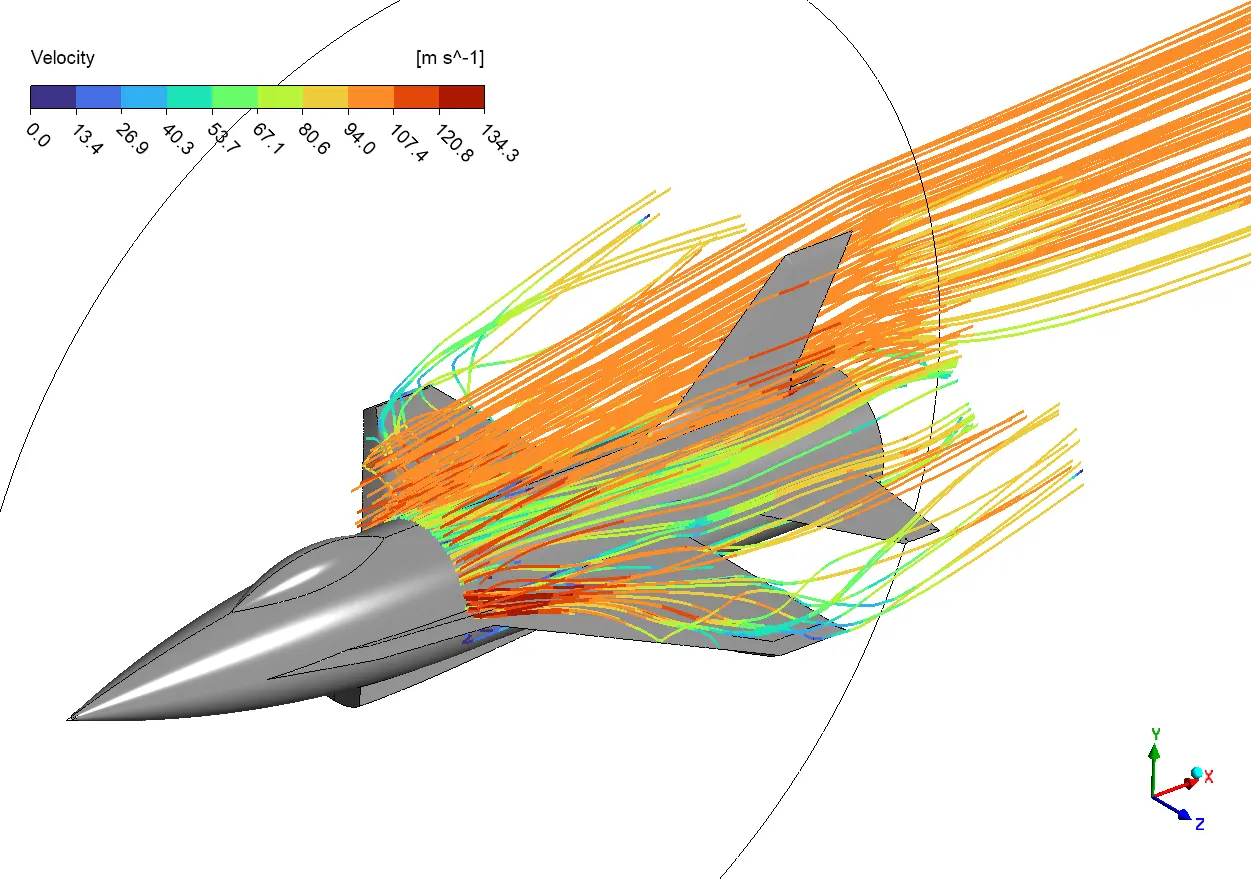
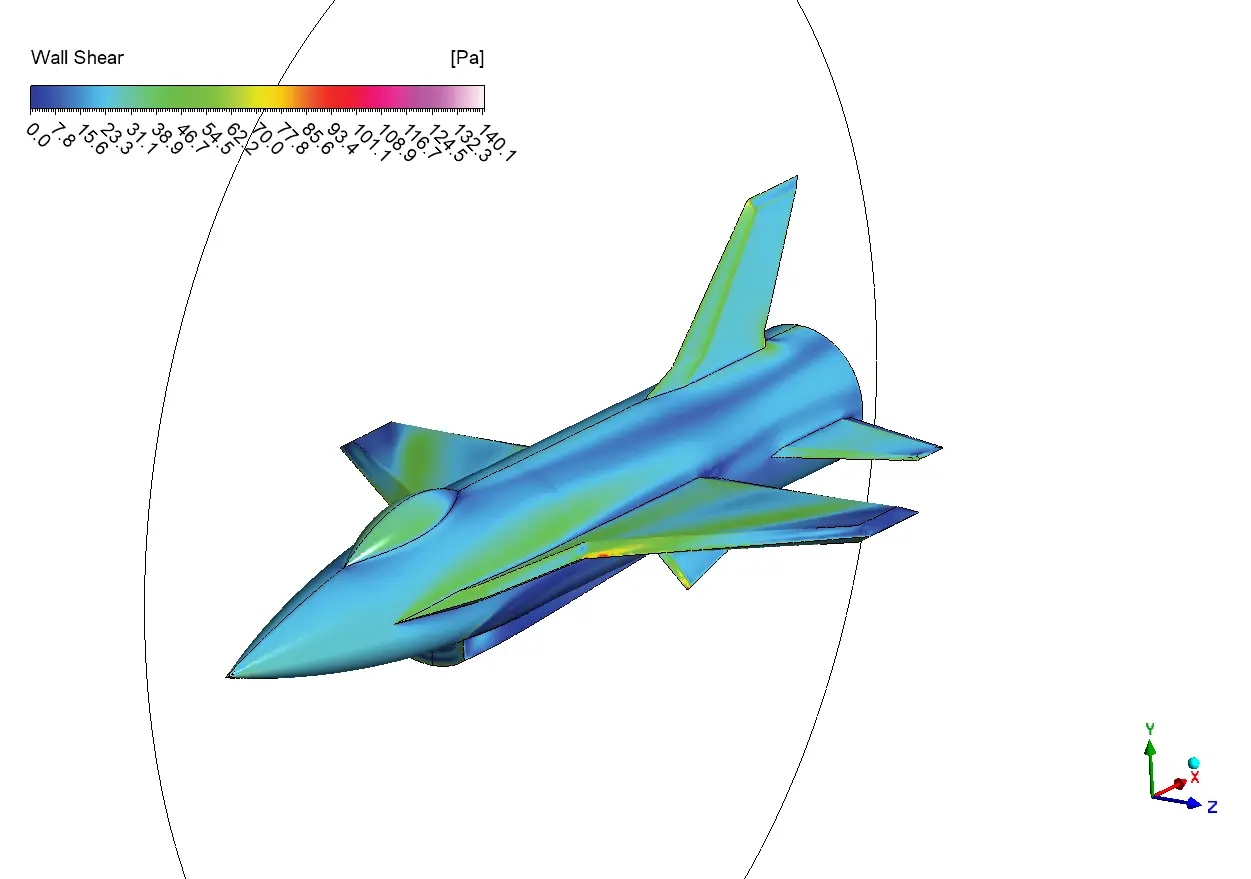
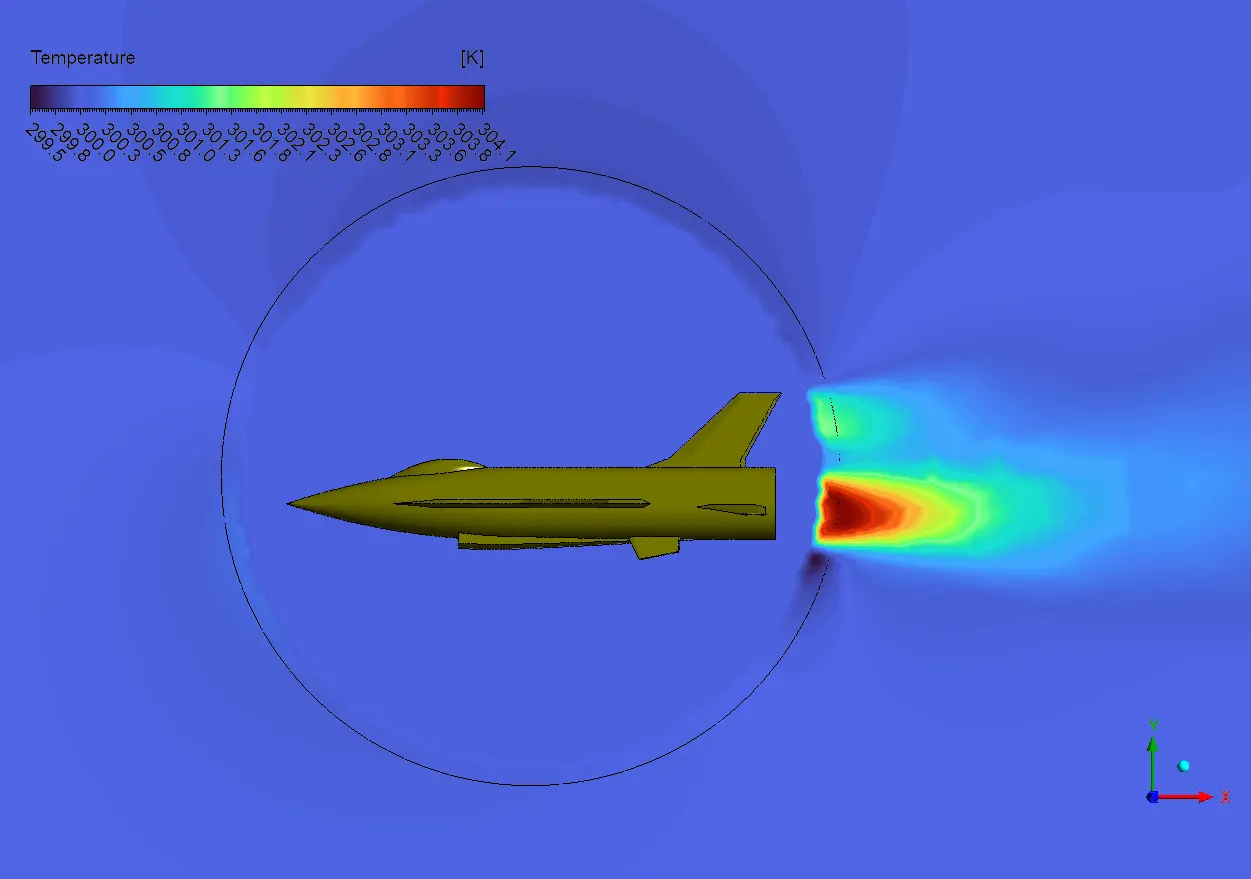
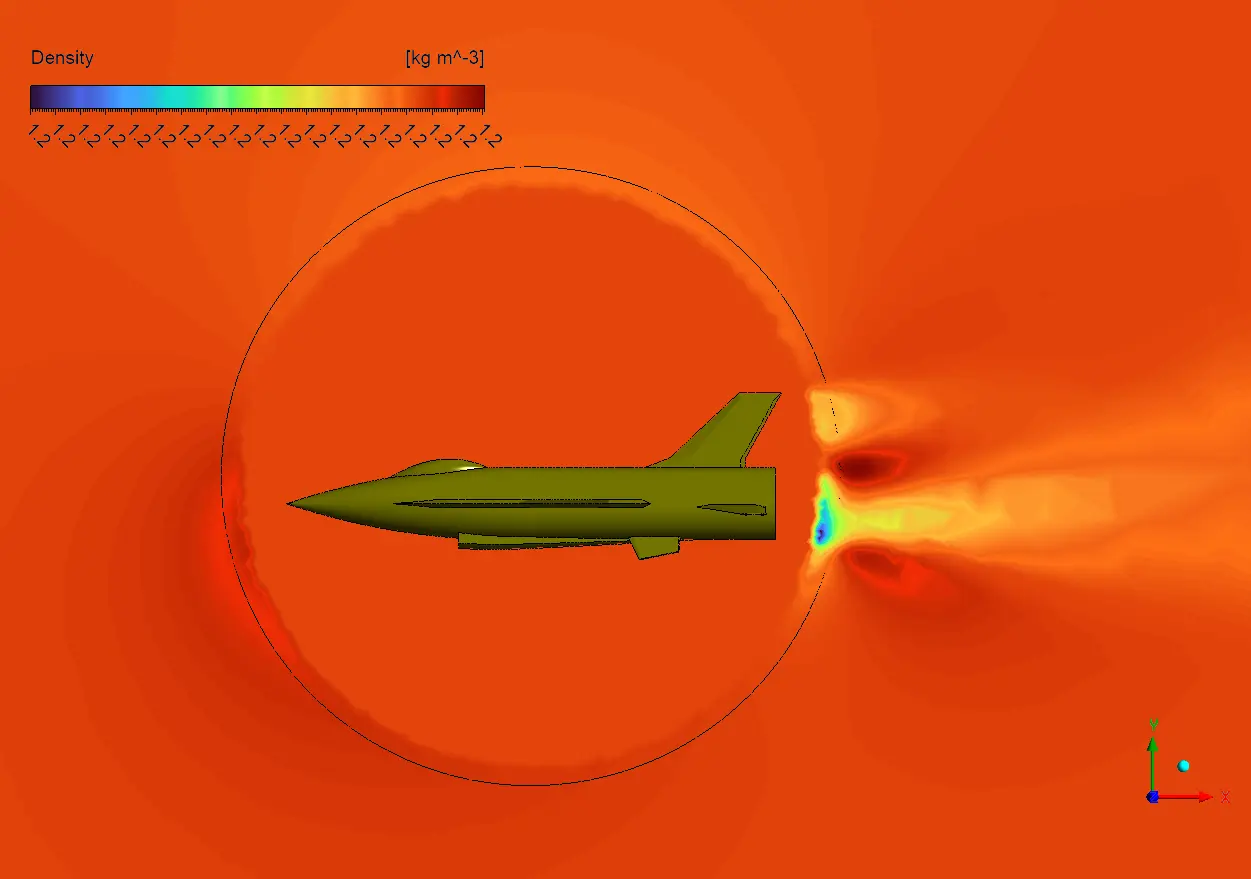
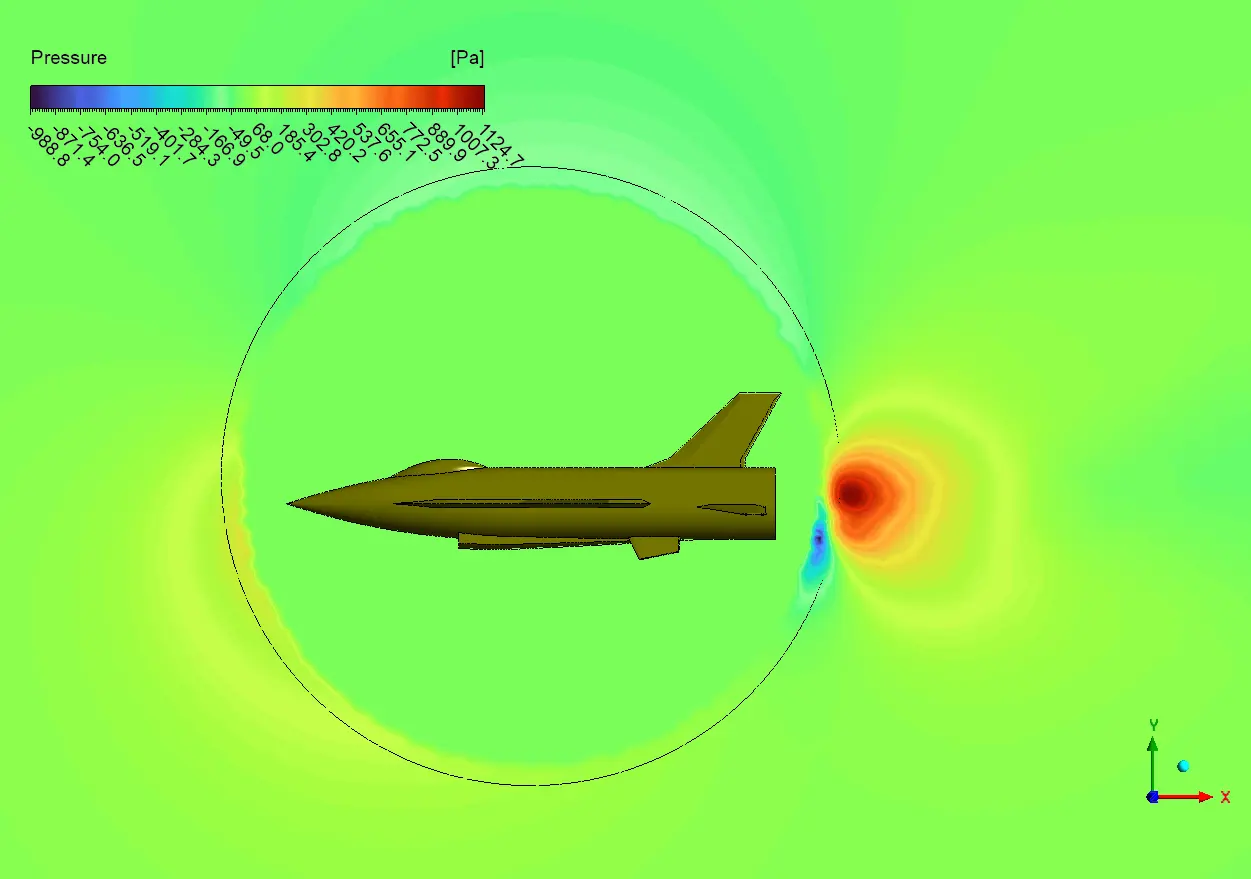
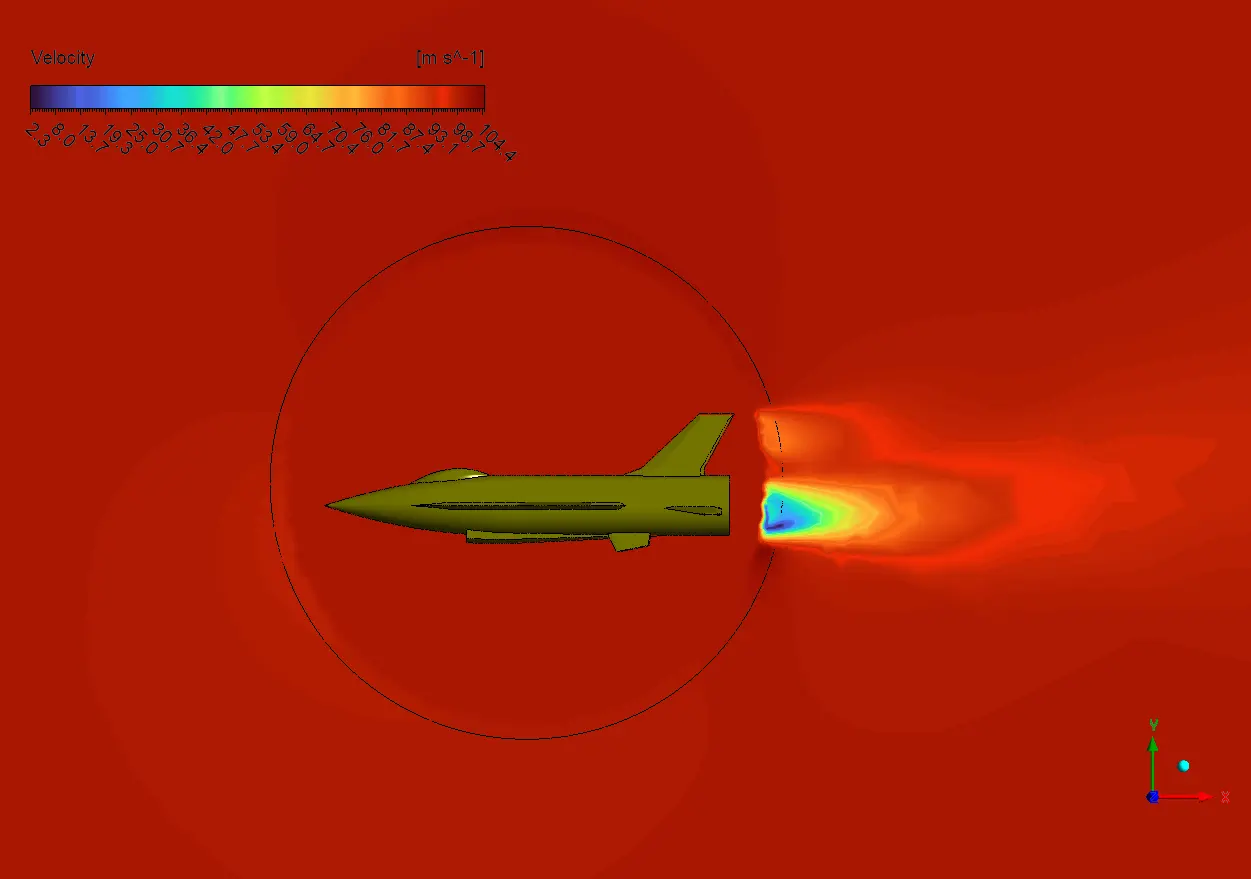
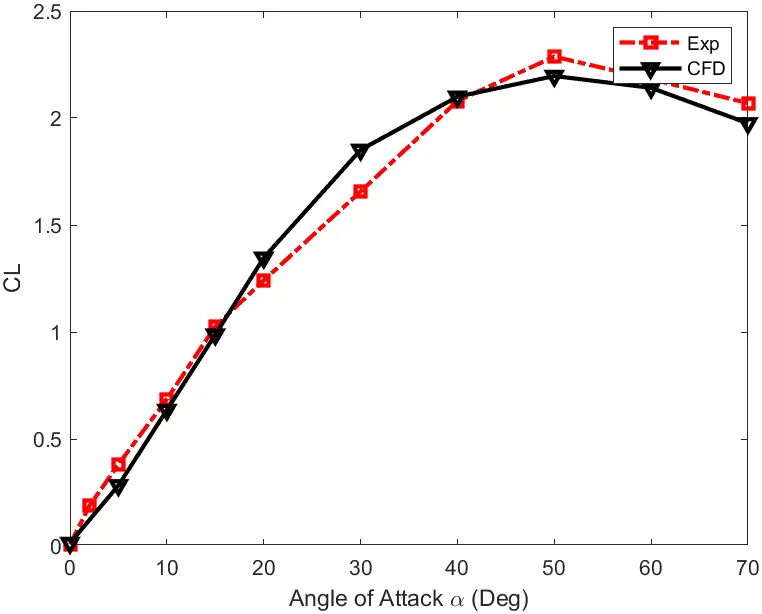
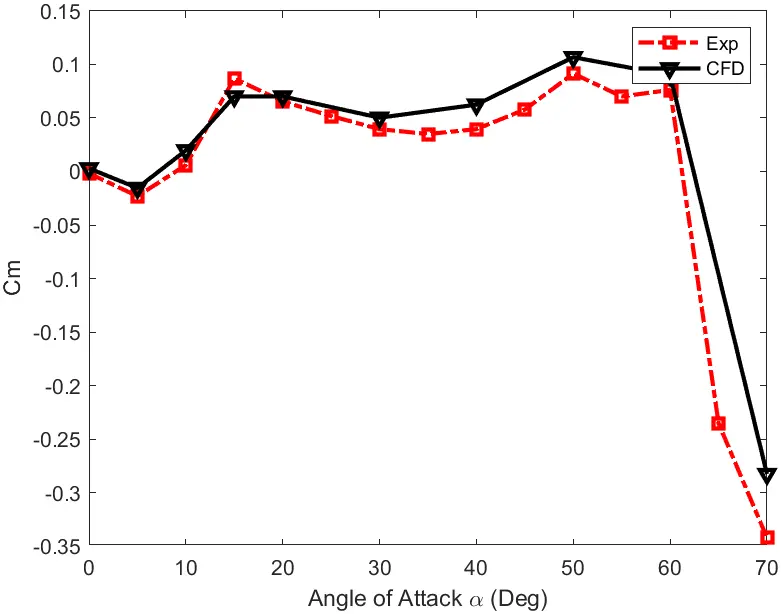
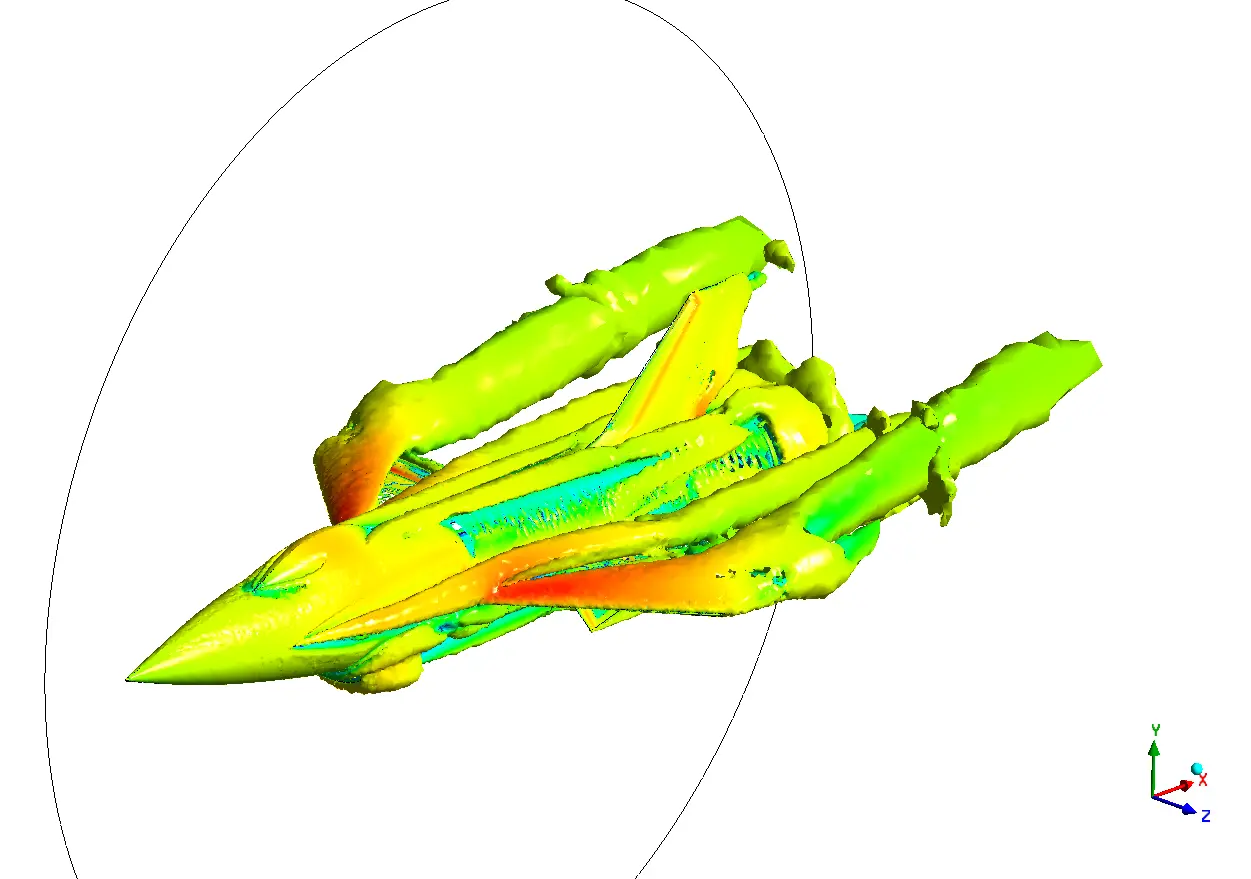
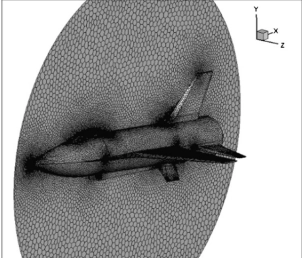

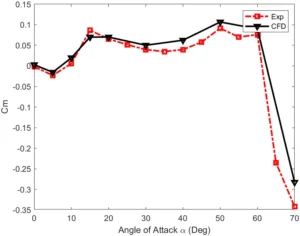
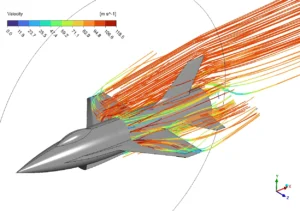





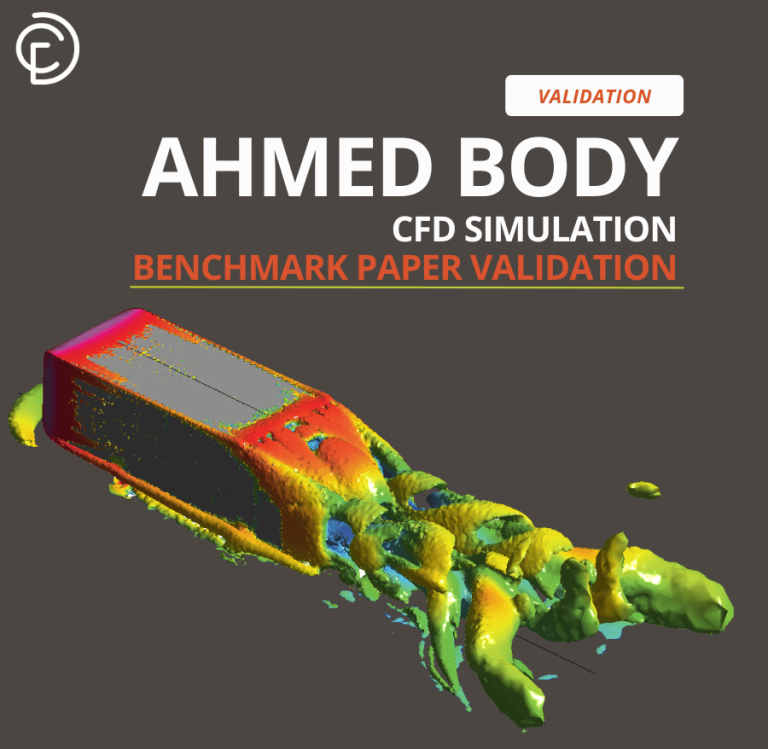

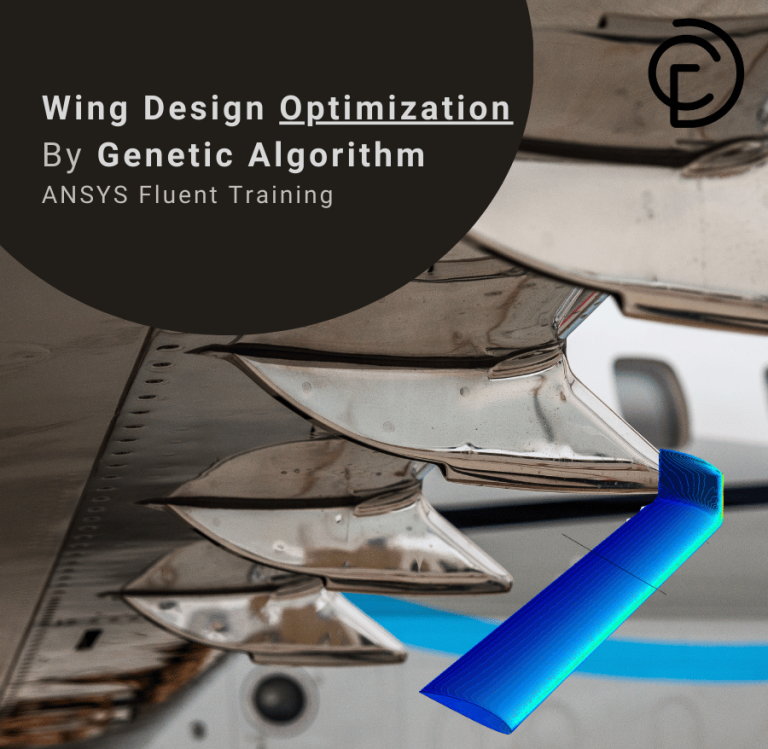
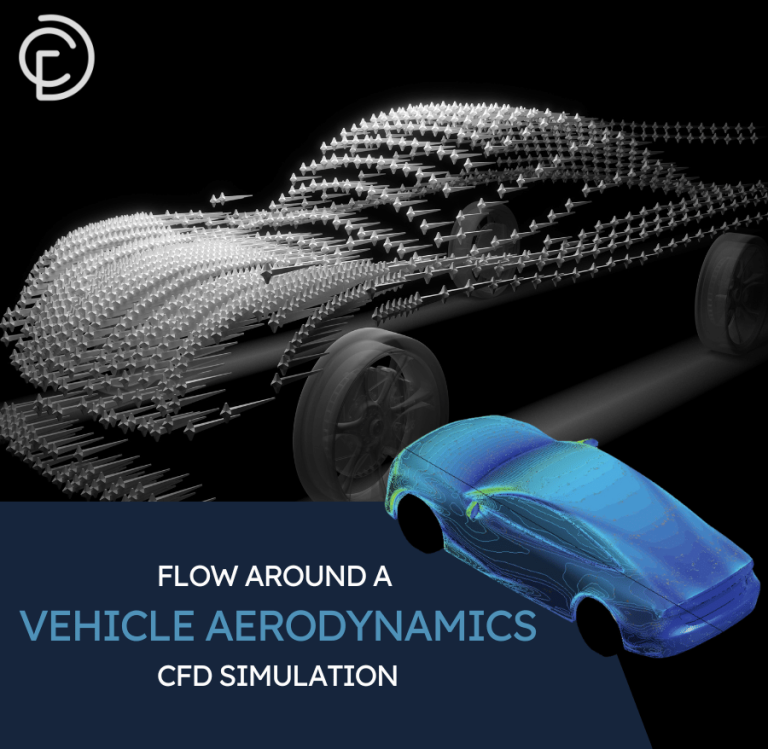
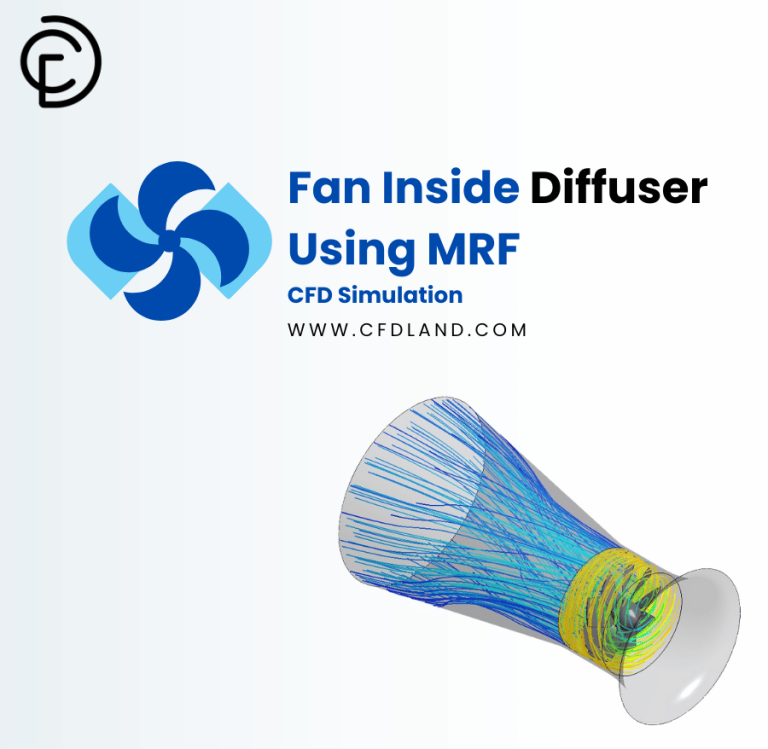

Reviews
There are no reviews yet.